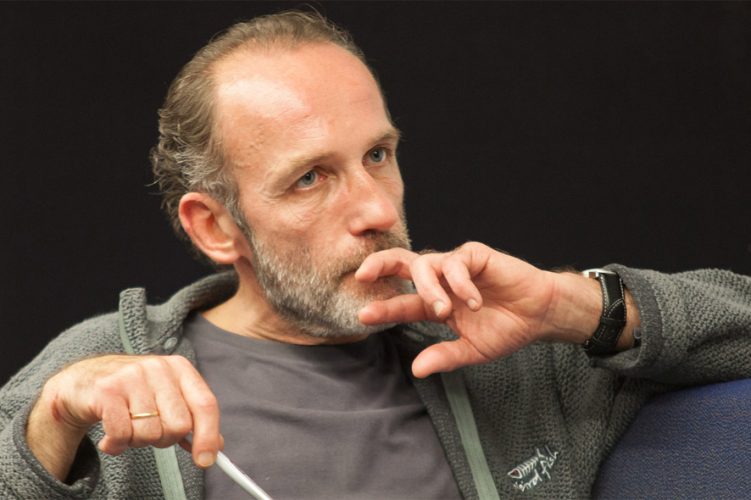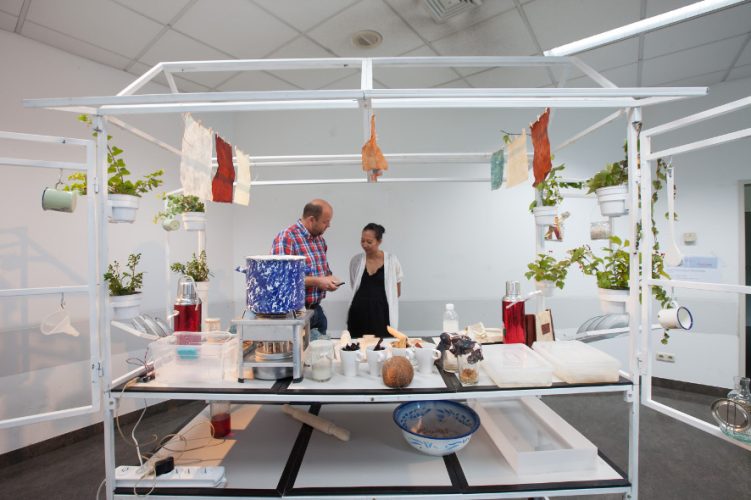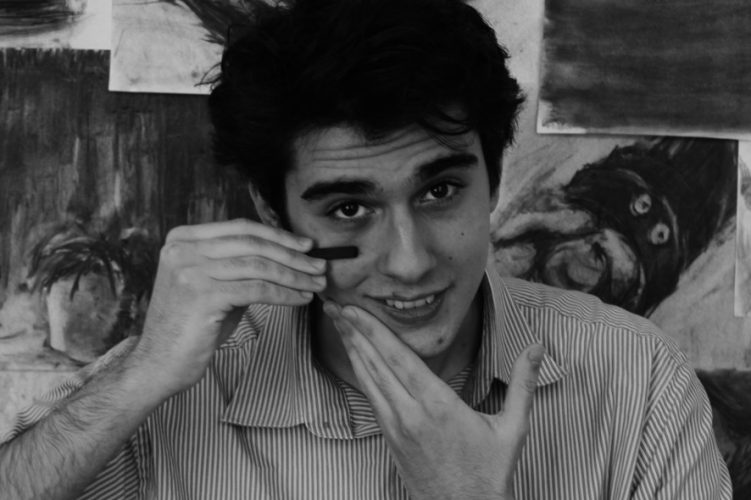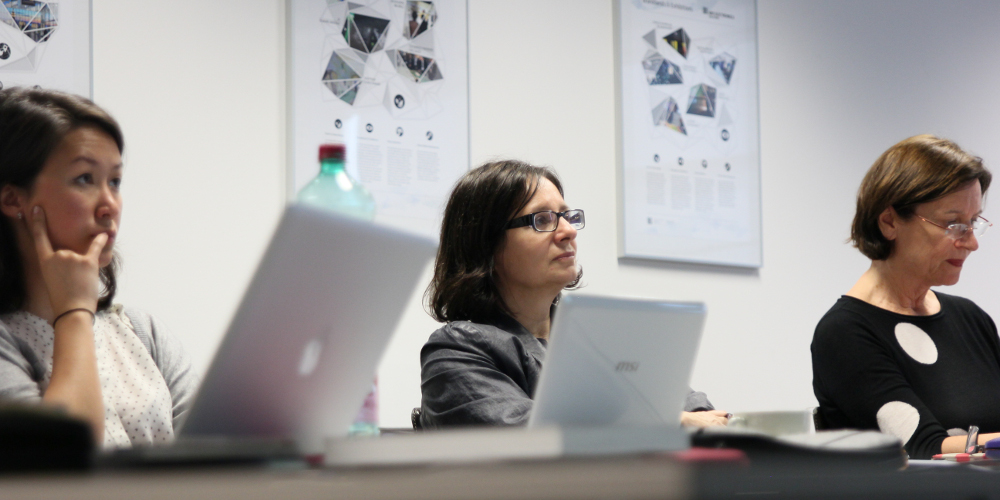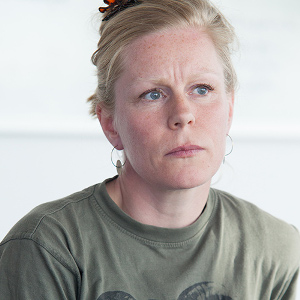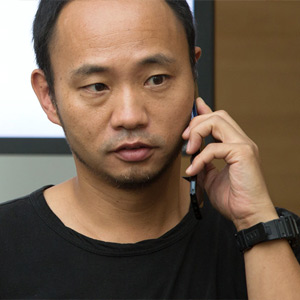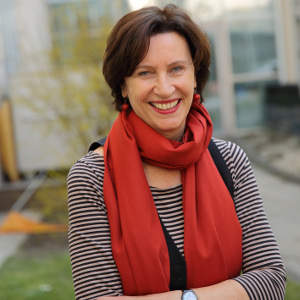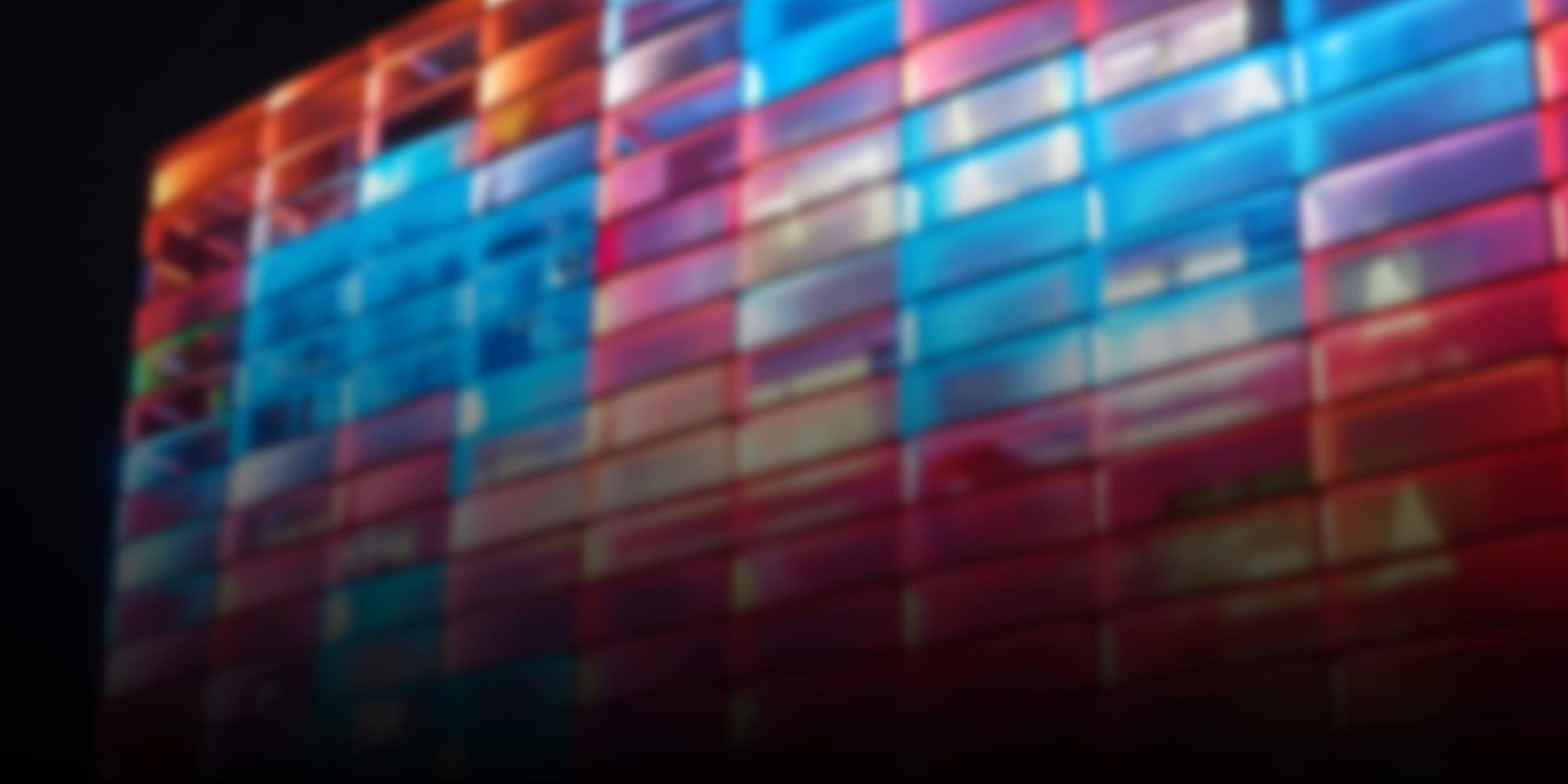
Prix Ars Electronica
-
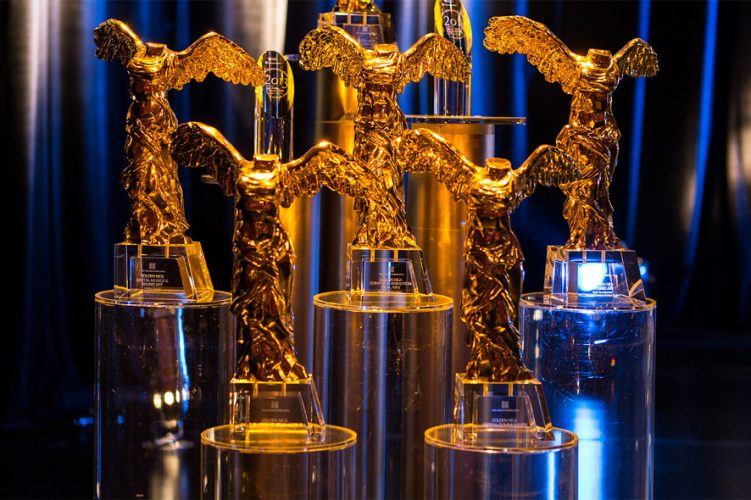
The 2016 Golden Nicas
We proudly present the 2016 winners of the Prix Ars Electronica. A total of 3,159 entries from 84 countries were submitted for prize consideration to the world’s most time-honored media arts competition. Here’s a quick briefing on the grand prize winners.
-

MAXON: “Creativity engenders visual trends”
MAXON, a Germany-based software developer, has been creating 3-D graphic tools since the mid-1980s. Cinema 4D is one of them. In association with Maxon, the Ars Electronica Animation Festival will showcase prizewinning works of computer animation in September 2016.
-
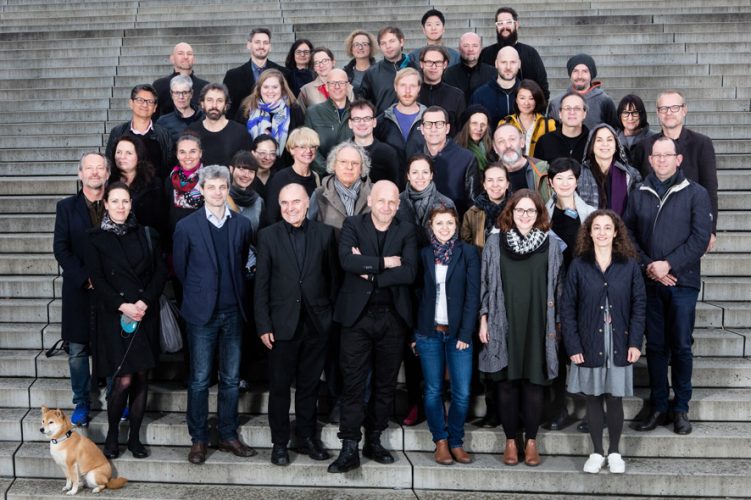
2016 Prix Ars Electronica: Days of Decision
20 international experts convened in Linz April 7-10, 2016 to single out outstanding works of media art for recognition in four categories and to bestow Golden Nicas on the four best. We accompanied the four juries over the course of this long and very productive weekend.
-
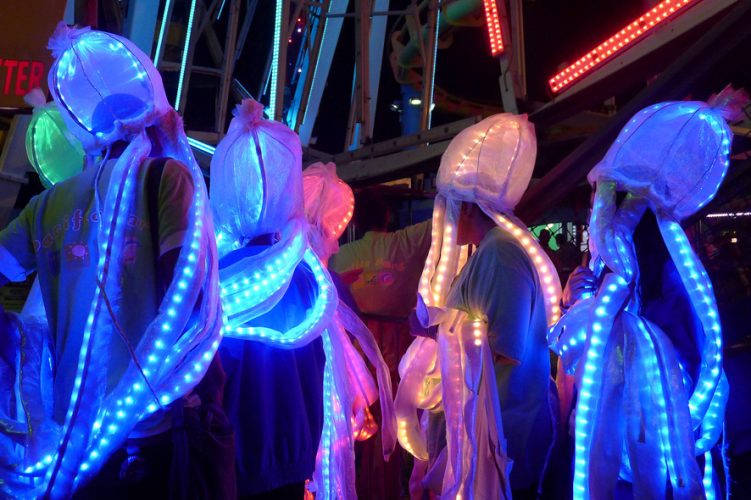
The Essential Challenge of Interactive Art
What does interactive actually mean? We touch something and then experience the upshot of that act? Or does interactivity already come about when we view an image? Victoria Vesna, a 2016 Prix Ars Electronica juror, talked to us about defining interactive art, and elaborated on something she learned about it from media artist Roy Ascott.
-
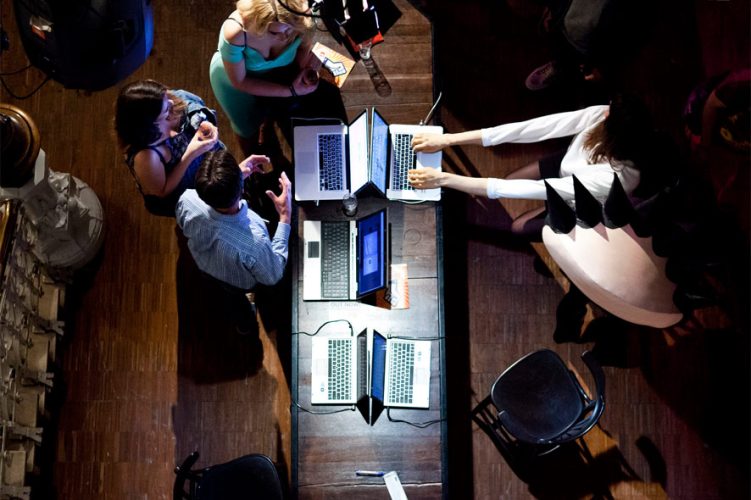
Networking, do it the right way
By the time we set up our own Facebook account—by then, at the very latest—many of us are very much aware of the advantages and disadvantages inherent in our digital coexistence. Marleen Stikker founded her first Digital City all the way back in 1994. Now she’s one of the five Prix Ars Electronica jurors who…
-

“Animation is like cooking”
You need to know how to balance the flavours. Mari-Liis Rebane, a juror in the 2016 Prix Ars Electronica’s Computer Animation / Film / VFX category, recently talked to us about the ingredients that go into an animated film that makes for tasty viewing.
-
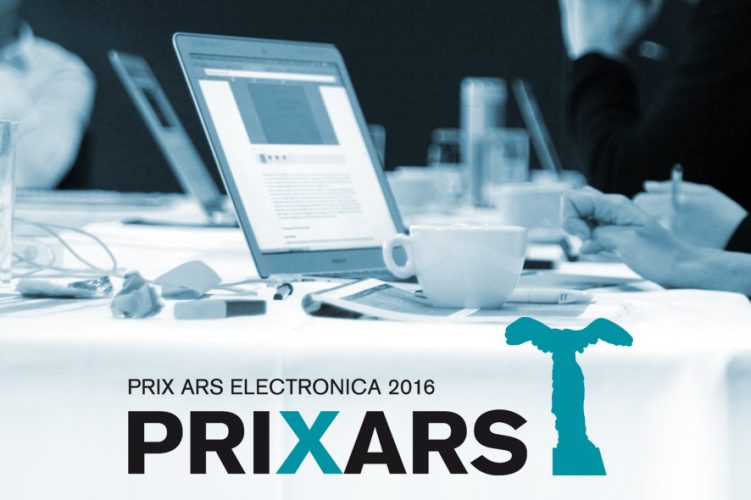
Prix Ars Electronica: The 2016 Juries
Who selects the recipients of the Golden Nicas to be awarded by the Prix Ars Electronica in 2016? We hereby present the jurors who’ll be convening in Linz just a few weeks from now to deliberate on these matters.
-
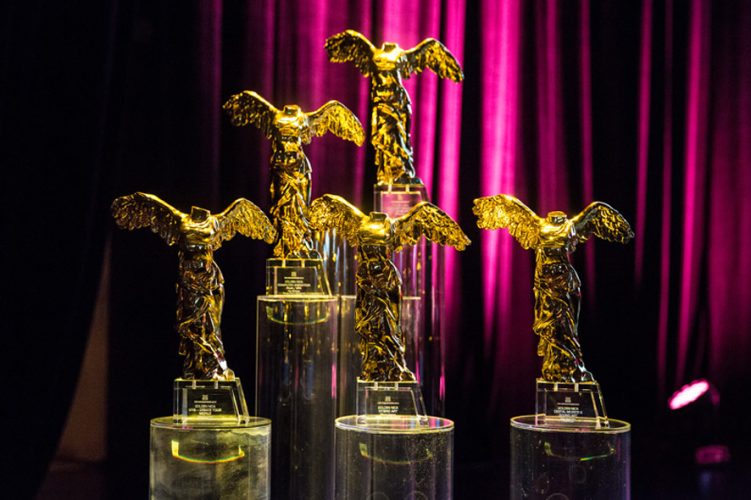
Prix Ars Electronica Reloaded
The Prix Ars Electronica is back for another year, and there’ve been some notable innovations. A recap of the details follows. Entries for prize consideration can be submitted immediately. The deadline is March 13, 2016.
-
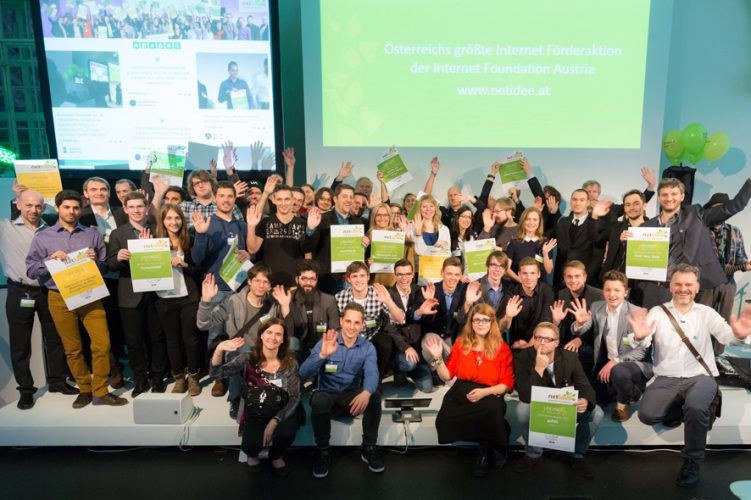
Nurturing Ideas that Advance the Net
The internet has changed our world, and continues to do so daily. In Austria, netidee is an initiative which annually provides grants to support the implementation of new ideas that promote the advantages of online networks. Here are the 2015 funding recipients.
-

“So I went the boring way”
2015 Golden Nica winner Alex Verhaest and Pascal Floerks, this year’s winner of an Award of Distinction, talked with jury member Erick Oh about their animations and motifs behind.
-
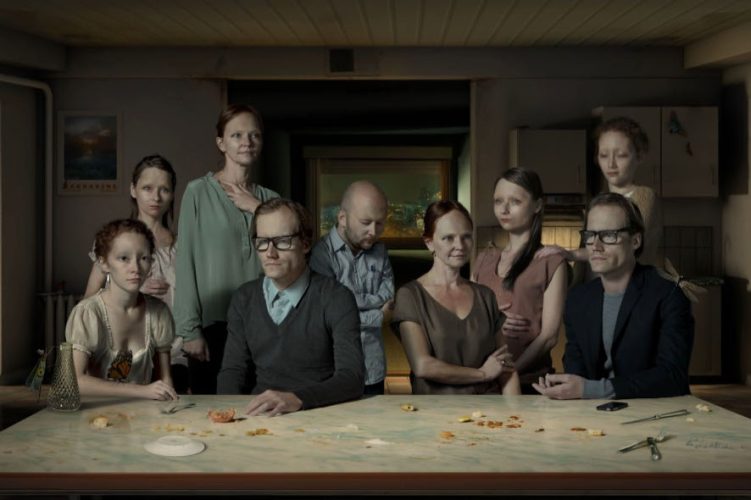
CyberArts 2015: State of the Electronic Arts
The Prix Ars Electronica is one of the world’s most prestigious awards for creativity and pioneering spirit in the use of digital media. Each year, the prizewinning works are showcased at one of the highlights of the Ars Electronica Festival: the CyberArts exhibition.
-
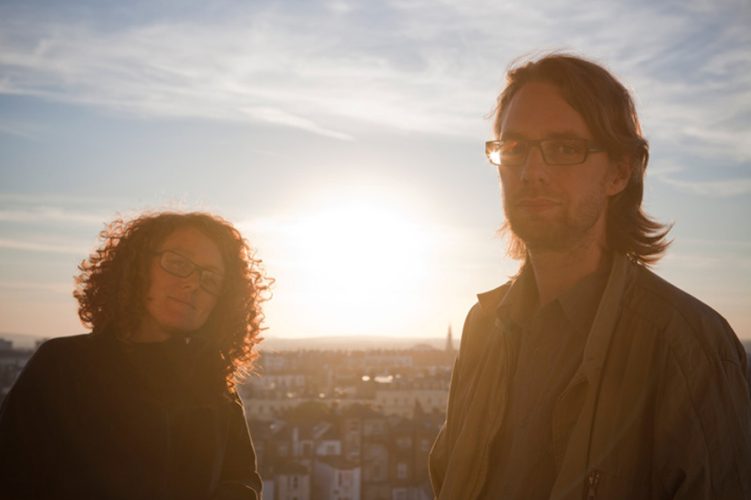
Semiconductor wins Collide@CERN Ars Electronica Award
The English artist duo, Semiconductor, will begin a two-month residency at CERN. Then their next stop is Linz, where they will spend a month at the Ars Electronica Futurelab.
-
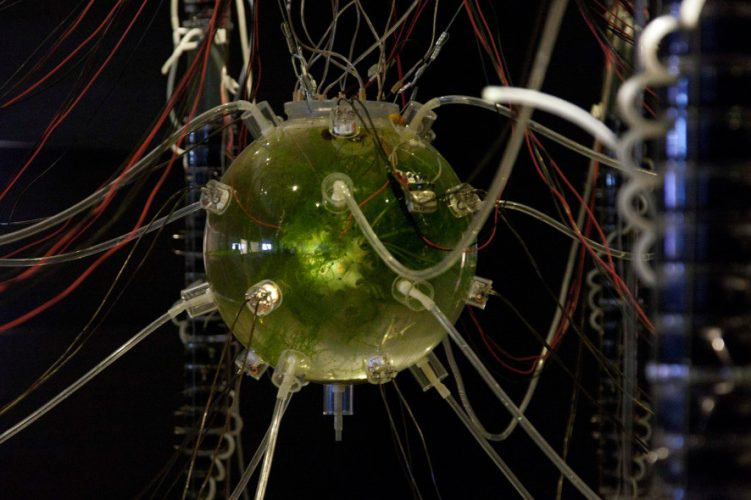
Artistic Ideas for the Ecological Development
For the installation “Plantas Autofotosintéticas” Gilberto Esparza won the Golden Nica in the Hybrid Art category at the Prix Ars Electronica 2015. This is a complex symbiotic system, which reveals ideas for the ecological development.
-

The World’s first Art Satellite in Space
ARTSAT1: Invader, the world’s first art satellite, blasted off into outer space on February 28, 2014. The 2015 Prix Ars Electronica jury honored the ARTSAT: Art and Satellite Project with an Award of Distinction in the Hybrid Art category.
-
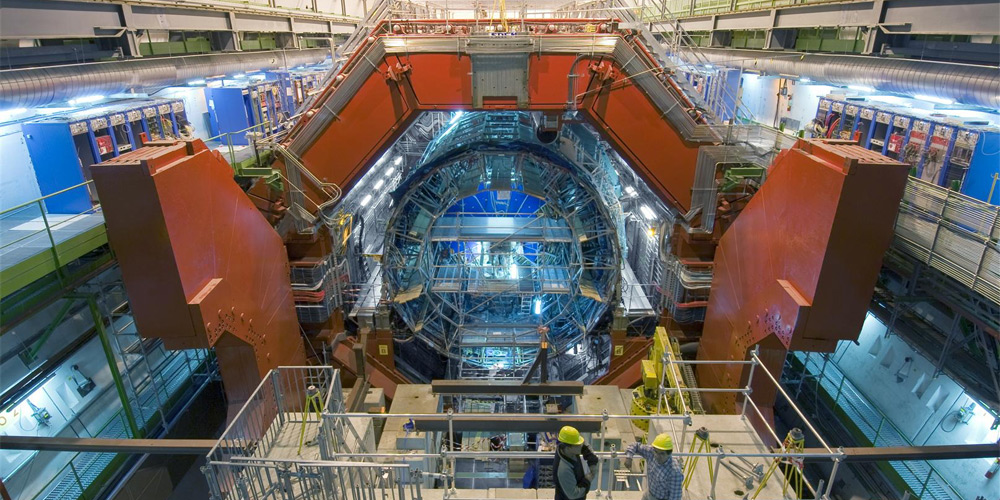
LHC – The Mother of All Experiments
Many questions remain open. The Large Hadron Collider aims to answer at least a few of them. A residency under the aegis of CERN and Ars Electronica offers an opportunity to take an artistic approach to the leading edge of science and to experience the site of this huge experiment.
-
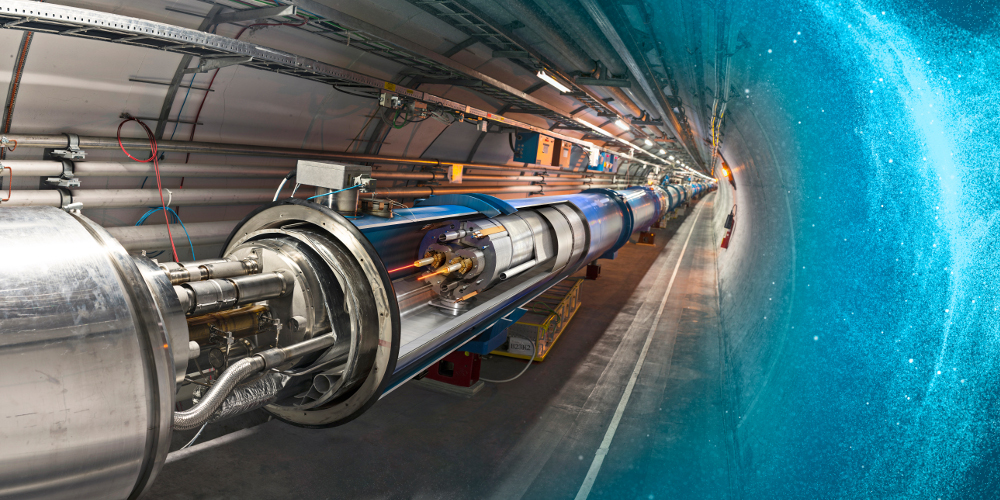
At CERN Artists need to challenge us with Ideas
Under the aegis of the European Digital Art and Science Network, Ars Electronica and CERN recently announced their latest open call for applications to do an eight-week residency at CERN followed by a stay at the Ars Electronica Futurelab.
-
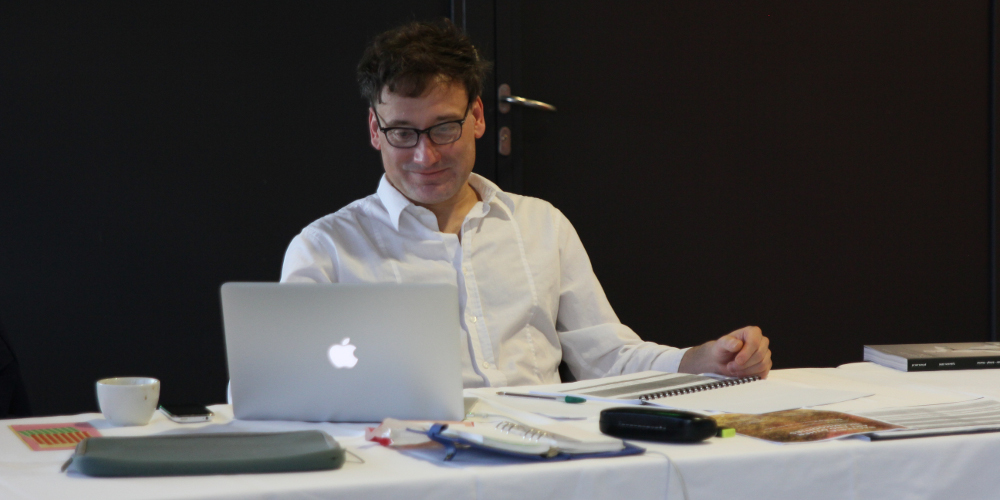
There Is No Bio Art!
Jens Hauser is a curator, a scholar in media & cultural studies, and a journalist who writes about cultural matters. He’s curated some of the best-known exhibitions at the interface of art and biology. 2015 he was a juror in the Hybrid Art category.
-
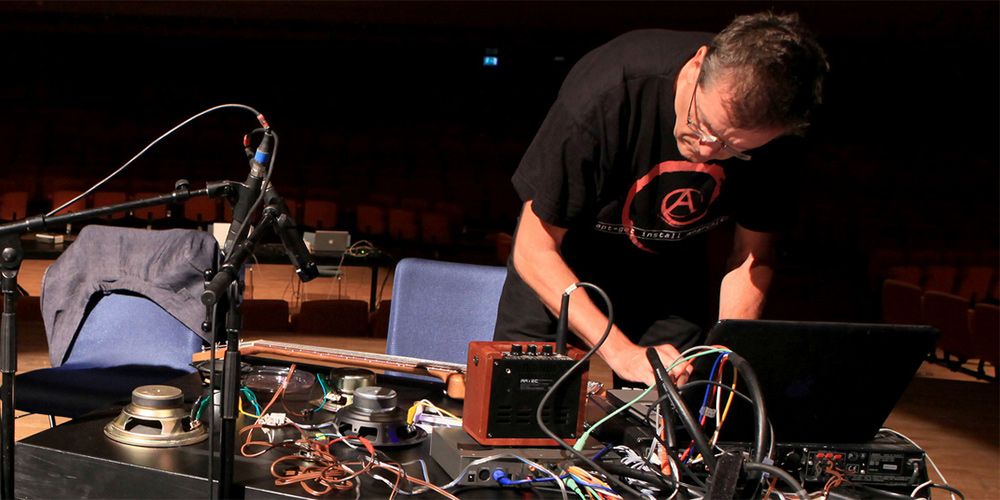
“Cities or depressing surroundings inspire me”
Seppo Gründler, 2015 Prix Ars Electronica juror, discusses the criteria that entries in the Digital Musics & Sound Art category have to fulfill, and tells where he finds motivation for his compositions.
-
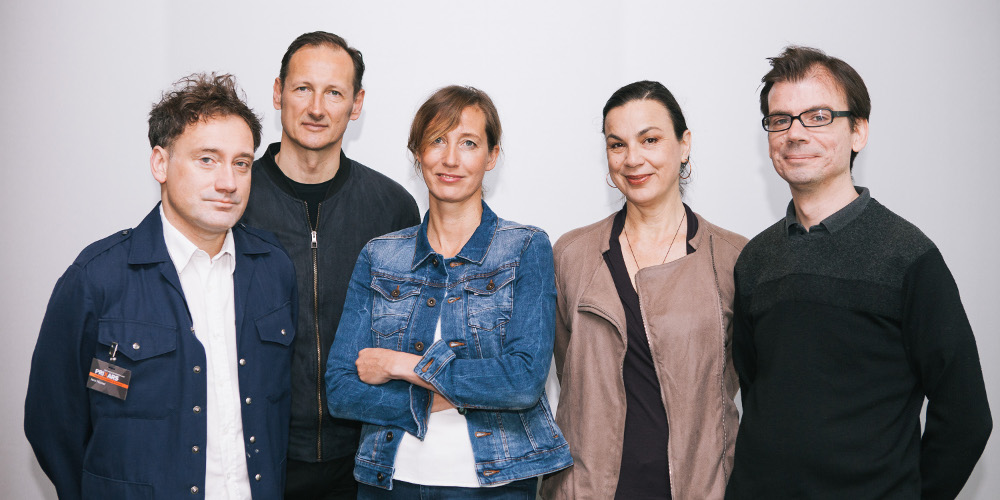
Hybrid Art: Projects in Interstices
Hybrid Art jurymember, Susanne Jaschko, talks about “prozessagenten”, current trends in transdisciplinary art, and her initial impressions of this year’s Ars Electronica Festival location.
-
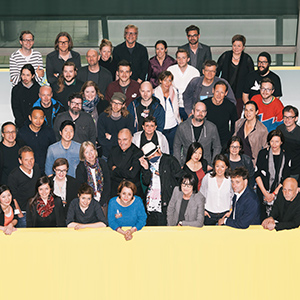
Prix Ars Electronica 2015: The Juries’ Verdicts Are In!
The 25 international experts have concluded their deliberations and named the recipients of the five Golden Nicas and other honors. Here’s a look back at the 2015 Prix jury meetings, one of the most exciting weekends in the Ars Electronica year.
-
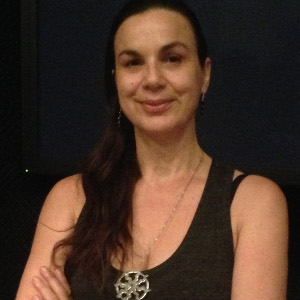
What is Hybrid Art?
Victoria Vesna is one of the four jurors who will select the prizewinners in the 2015 Prix Ars Electronica’s Hybrid Art category.
